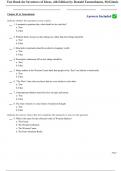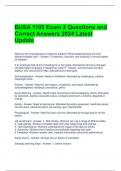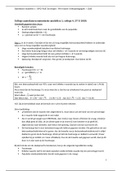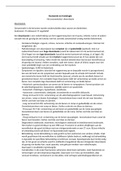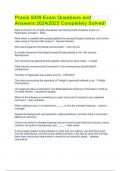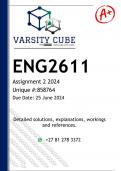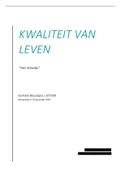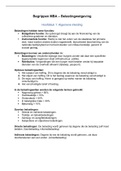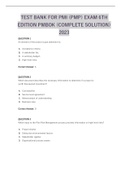Exam (elaborations)
Test Bank for Inventors of Ideas, 4th Edition by Donald Tannenbaum
- Course
- Institution
Test Bank for Inventors of Ideas: Introduction to Political Thought, 4e 4th Edition by Donald Tannenbaum, Briana L. McGinnis. Full Chapters (Chapter 1 to 20) are given with answers. Part I. INTRODUCTION. 1. The History of Political Thought: Introducing the Challenge. Part II: FOUNDATIONAL CONC...
[Show more]
